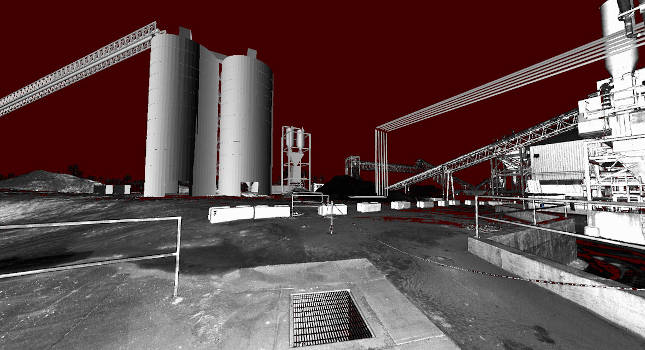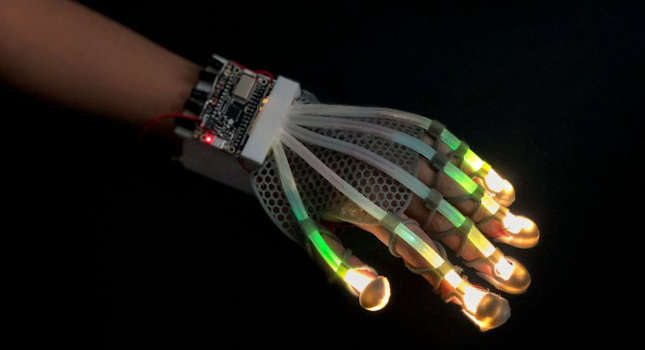Embedded vision systems can help businesses improve on the current standards set by manual inspection procedures.
Inspections of industrial equipment can be tedious, costly, and place heavy demands on human workers. Since these inspections are repeated over and over, they are good candidates for automation. With the addition of embedded vision systems, businesses can improve on the current standards set by manual inspection procedures.
Industrial wind turbines stand as tall as 400 feet. This makes turbine blade inspection dangerous for human operators. But, embedded vision installed on unmanned aerial vehicles (UAVs) is eliminating this risky job, and others, for the power industry
In order to detect corrosion, leaks, and other anomalies, commercial drones are becoming more mainstream throughout various industries, including but not limited to, the energy sector and the rest of the oil, gas, and solar power sectors. The energy sector has seen the return on investment for drone inspections. But drones are inspecting other parts of energy too. They can fly along pipelines and check for damage, as well as provide aerial mapping and security surveillance. They detect leaks, vandalism, vegetation encroachment, and other issues.
Commercial drones improve industrial inspections
Drones can complete inspections of equipment like the wind turbines mentioned above in less than 15 minutes. They accurately detect cracks or erosion of individual blades by scanning them from only meters away.
Drones can take off, locate a wind turbine, fly to its top and identify blade locations on their own. A drone then figures out the most efficient route to complete the inspection with the use of its sensors and LiDAR scanning. Routines don’t need to be programmed based on the make and model of the turbine. UAVs use embedded vision and other deep learning methods to understand and perform the inspection tasks.
The drones are highly accurate. Even cracks as small as 2 mm can be detected during inspection. Drones are able to adapt to low light conditions. Images overlap to ensure that every surface is fully inspected. Images are also compared with laser and GPS information to make sure that any damage size and relative position is accurate. Exact locations of blades on each image are recorded to allow for comparison of images to future inspections.
Commercial drones can also be equipped with a vast array of sensors. They not only conduct visual inspections and thermal inspections but can determine depths with sonar and LiDAR. Drones capture all of this data and share information that would take days with other means.
Future of industrial inspections
Inspection result analysis is not currently automated. Experts must view the inspection data and report their findings. But, manufacturers are planning to offer automated analysis algorithms and inspection routines for types of industrial equipment, including industrial inspections.
The oil & gas industry relies heavily on road vehicles and manned aircraft to detect damage and other threats. Both of these methods are more expensive and less efficient than the use of drones. Drones can also perform inspections 24/7 with unlimited data collection in real-time.
Drones keep human workers out of hostile environments where height, wind, waves, weather, and radiation can harm their health. Drones can also access difficult, hard-to-reach areas like confined spaces or other places that require the use of risky mechanical tools like swing stages or rope access. With the help of embedded vision, perhaps one day humans will be free of these dangerous jobs.
This article originally appeared in Vision Online. AIA is a part of the Association for Advancing Automation (A3), a CFE Media content partner. Edited by Chris Vavra, production editor, CFE Media, [email protected].



